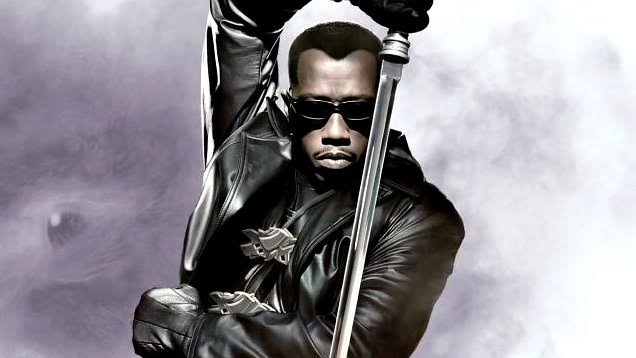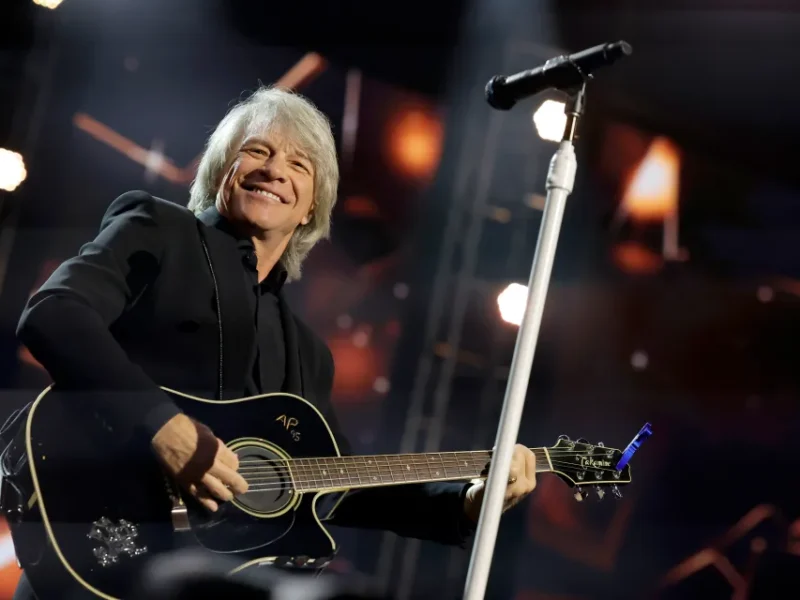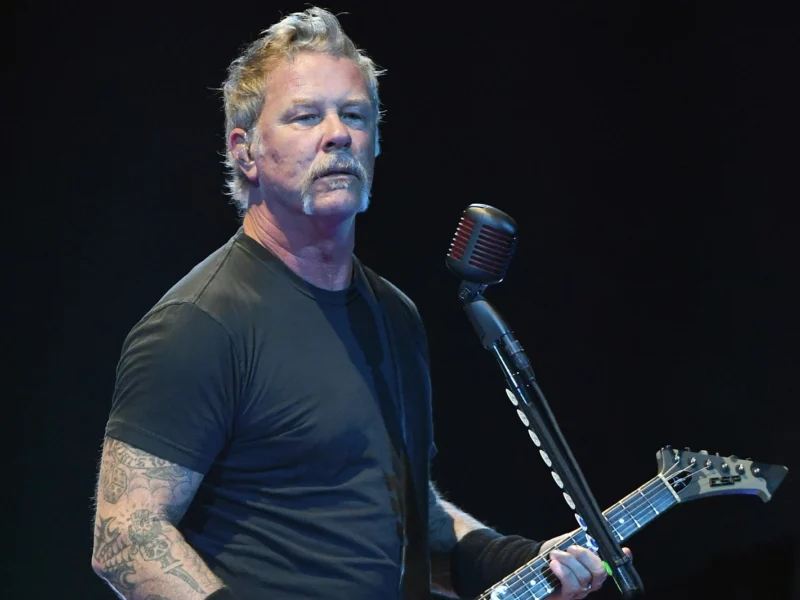The notion of superhero movies being the dominant genre at the box-office would have seemed like an absurd one in 1998. But their success in 2018, argues Maria Lewis, owes a lot to the comic book film no one expected to work: Blade. “Some motherfuckers are always trying to ice-skate uphill,” says Wesley Snipes’ character Blade during the film’s final showdown. As far as metaphors go, it’s pretty fitting when it comes to the state of Marvel’s film empire in the late nineties. Those motherfuckers had spent most of the last decade attempting to ice skate uphill, with no success. Their first wide theatrical release in 1986, Howard The Duck, was a disaster. A lackluster take on The Punisher that showed little resemblance to the comics came in 1989, followed by Captain America in 1990, which should only be talked about in hushed whispers. After the golden, silver and bronze ages of the comic book industry, the once mighty publisher was on the verge of going under and had to resort to selling off their most popular characters to various film studios in order to stay afloat.
Marvel Studios first began developing a big screen adaptation of Blade in the early nineties, not necessarily because he was a popular character. A supporting cast member who gets his powers from a C-Grade Spider-Man villain called Morbius? Yeah, there wasn’t a huge demand. However, he was one of the few characters the company had retained. Envisioned as a star vehicle for LL Cool J as he began his transition from hip hop to screen star, names that floated in and out as potential candidates included Denzel Washington and Laurence Fishburne. Yet Wesley Snipes was always a contender. He had barely been in the business for more than a decade, but by the time Snipes was locked in as leading man he was a bonafide movie star, thanks to a string of back-to-back hits including White Men Can’t Jump, Passenger 57, Demolition Man, Money Train and The Fugitive sequel U.S Marshals.
It was obvious neither Marvel or New Line Cinema expected Blade to be a success. The lone screenwriter was David S. Goyer, whose only major credits up until that point had been genre sequels like Kickboxer 2 and The Crow: City Of Angels. The director, Stephen Norrington, had helmed just one feature prior – Terminator rip-off Death Machine – and had more experience in the special effects and make-up departments. In these roles, he had at least been in the proximity to some hits: Aliens, Gremlins and The Witches specifically. The extreme violence, gore and swearing meant the rating restricted a younger comic book fan base from seeing the movie … at least legally. Despite all of the elements working against it, somehow Blade became two things: a) an immediate hit and b) an enduring one. From the opening scene where Traci Lords’ femme fatale (literally) leads a horny club kid into a rave held in the basement of an abattoir, you knew you were in for something different. Even the simple transition as the two characters marched through the bowels of the venue, a rack of what looked like human corpses disappearing out of the corner of frame, the visuals and tone were clearly defined. Legendary critic Roger Ebert noted in his review of the film that “movies based on comic books represent one of the last best hopes for visionary filmmaking”.
Blade didn’t look like other movies from 1998 and it didn’t behave like them either. The rave, of course, was actually a bloodbath and the horny club kid becomes the vessel for the audience as they’re first introduced to the world of vampires. As he looks down at his palm, blinking in confusion at the droplets of blood appearing there, the growing sense of dread magnifies as hands reach up behind him, clawing at the ceiling. The DJ leans back, arms wide and extending his fangs, as blood pours down from the ceiling and the unsuspecting man finally realises the true nature of his role. He’s not the predator chasing down a beautiful woman: he’s the prey. It was a trick we saw utilised in Buffy The Vampire Slayer’s opening scene from the pilot episode, which debuted just one year earlier in 1997. In the context of Blade, a testosterone heavy action vehicle, the flipping of classic horror movie tropes was even more unexpected. When the title character makes his first appearance seconds later, thick combat boots squelching over a floor covered in blood, all preconceptions of what this movie could be were out the window. Unsurprisingly given Snipes’ physicality, the fight scenes were extraordinary with audiences never once doubting he was delivering every blow as he kicked, punched and sliced his way through a nightclub of vampires. Snipes’ frequent collaborators Jeff Ward and Jeff Imada crafted action sequences that had a tangible quality to them, some of the last for a few years in mainstream blockbusters before the hyper-stylised unreality of The Matrix bled into films like Charlie’s Angels, X-Men and Equilibrium. The cinematography from Theo van de Sande – who was weirdly mostly known for Adam Sandler movies at the time – teamed with someone who knew how to cut an action movie like Paul Rubbell, made for a film that moved rapidly, always engaging the eye and simultaneously serving the storytelling. In simple terms: it just looked cool.


